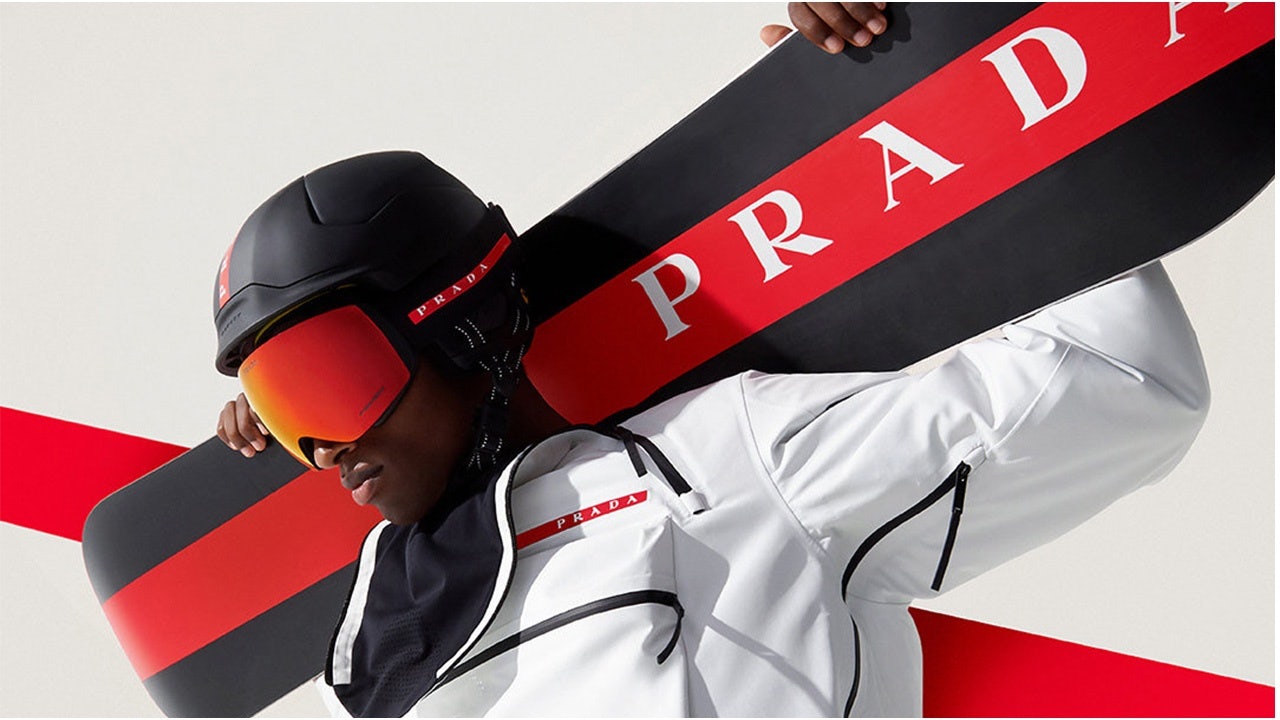Young fashionable lifestyles are a good reference for luxury brands, as they reflect younger generations’ shopping attitudes and consumption interests. In recent years, sharing platforms like Xiaohongshu, while becoming key references for many consumers in making consumption decisions, have exposed brands to younger lifestyles. In fact, many luxury brands now value the site and have begun to open official accounts on Xiaohongshu, making it an important marketing channel.
But what are these popular new lifestyles, and how do they affect China’s luxury industry? And most importantly, do they offer luxury brands a new direction for their future marketing plans in China?
Skiing boom#
With the Winter Olympics just around the corner, cold-weather activities like skiing have become incredibly trendy — both online and offline. In 2021, the search volume for "ski tutorial" on Xiaohongshu increased by 100 percent, year-on-year, having grown significantly for two consecutive years. Aside from the Winter Olympics factor, rising national income and escalating trends in fashion consumption have resulted in ice and snow sports growing from an elite niche pastime to a broad middle-class activity. That should make skiing increasingly popular in the future.
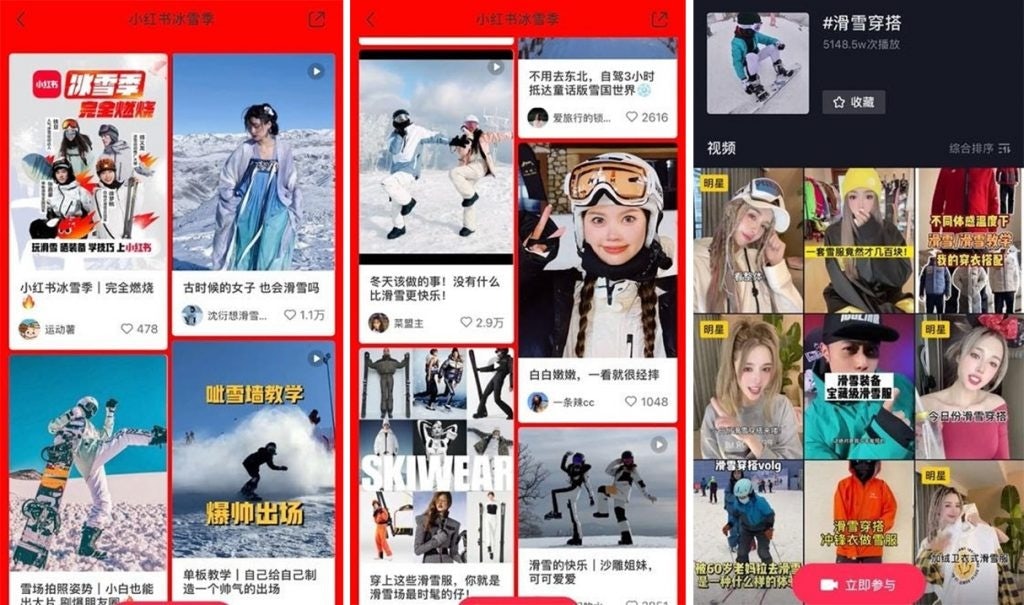
The ski industry is now known as the “Platinum Bonanza” (白金富矿) in China due to its high economic value. But this extreme economic development has helped drive many other industries, including the luxury industry. Because the high cost of ski equipment requires high spending power, luxury goods have a natural audience in ski-related products. Luxury brands have only recently noticed this trend and are now launching ski-related products, which has made this professional sport even more popular.
Many luxury brands hope to use the popularity of the Winter Olympics to promote their ski collections. In September 2021, Prada opened a new Prada on Ice pop-up store in Beijing SKP to sell their exclusive Winter Olympics series. Meanwhile, FENDI launched ski items with spokesperson Jackson Wang while jointly opening a limited-time coffee shop called FENDI in the Changbai Mountain International Tourism Resort.
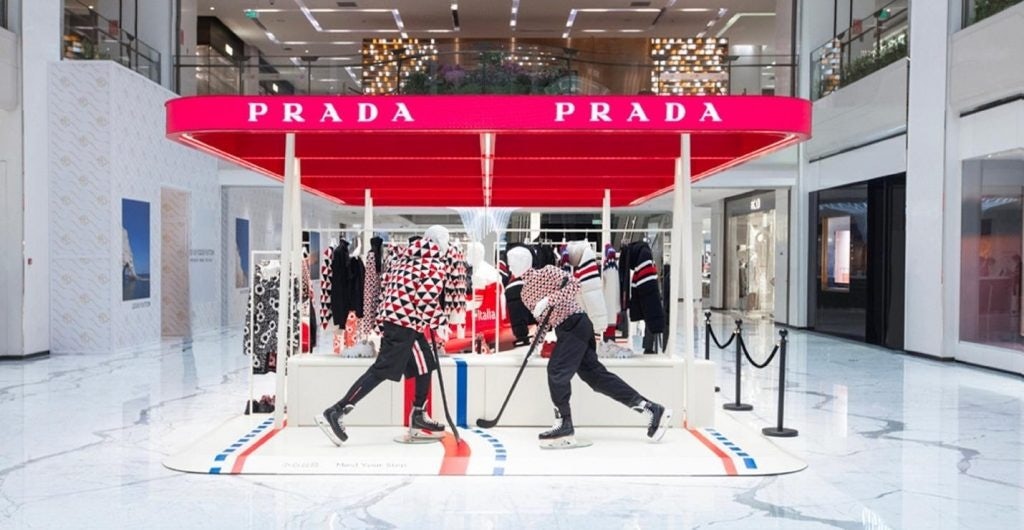
However, a 2021 Luxury User White Paper — published by Weibo and Luxe.Co — showed that 49.2 percent of Chinese users feel that the luxury sports products on the market are not fashionable enough. And with growing enthusiasm for skiing in China, more fashion fans are enjoying sports and want to share their trendy lifestyles on social platforms. Therefore, making sports more fashionable will be a sound marketing direction for luxury brands to consider in the future.
Urban outdoor life boom#
Long hours of working and staying indoors (due to the pandemic) have made people yearn for fresh air. But when people started going outdoors again, they wanted to participate in active hobbies like camping, paddle boarding, and ultimate frisbee. In 2021, posts about living an outdoorsy life on Xiaohongshu increased by around five times, year-on-year. This trend continued offline at the 2021 International Trade Show for Sports Equipment and Fashion Shanghai, with the camping section of the show expanding by ten times that of the previous year. In terms of market size and consumer discussion frequency, outdoor activities have increasingly become a way to deal with post-pandemic life and have been welcomed in China.
Urban outdoor activities like skiing and camping are becoming an attractive way for young generations to spend their leisure time, and luxury brands can leverage this new lifestyle by enriching the outdoor product lines for a supplementary source of revenue.
As for luxury brands, expanding their outdoor-related product lines should also enrich their categories and diversify revenue (because, compared to other mature categories, the outdoor lifestyle category is still relatively weak). This new exploration meets the need for public fitness and acceptable social activities.
Driven by social media and New Retail innovation, high-end outdoor products have also given brands a reason to create immersive offline shopping experiences as a way to attract many new consumers.
Last year, Prada paid homage to the camping life by opening its Garden of Interest pop-up store in Shanghai, inspired by themes of the outdoors. The store was positioned outside and focused on four themes, Garden, Coast, Mountain, and Snow, each boasting related products. The first batch of basketball products sold out on the first day of the event, and consumers expressed excitement about the immersive shopping experience and item categories.
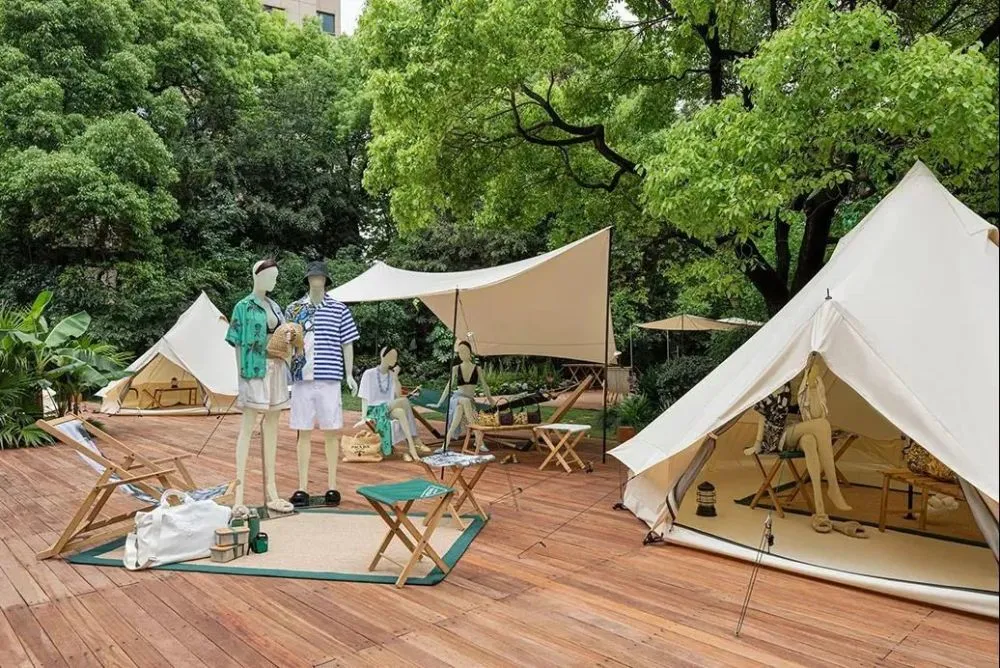
Providing customers with a more extravagant lifestyle is a marketing opportunity luxury fashion brands must seize. As such, their outdoor products need to be enriched to supplement their mainstream product lines. Therefore, Prada and other brands have given consumers a greater choice of premium outdoor activities and products.
The definition of outdoor styling is also changing. It is not just clothing people wear in extreme outdoor conditions anymore. Today, it has become a lifestyle that seeks ultimate technology and design. That provides an appropriate opportunity for luxury brands to win this category.
Modern Chinese clothing (新中式穿搭)#
The Guochao trend has become popular within many industries in China in recent years. Behind the trend’s popularity is the return of pride in Chinese culture, driven by China's growing strength as a worldwide economic leader. But the rise of Guochao also reflects a less-is-more consumption trend due to the cultural and spiritual aspects of these products.
In the second half of 2021, the volume of Xiaohongshu posts related to modern Chinese clothing increased by more than 26 times the past month. On Taobao, consumers were even willing to wait two to four weeks to retain these new Chinese clothing items.
This particular style has seen an unprecedented rise in popularity. That's because, unlike Hanfu or other traditional Chinese clothes, this modern Chinese clothing usually gets blended with high-end fashion elements. But it goes beyond a simple collage of Chinese and international elements as it is suitable for daily wear.
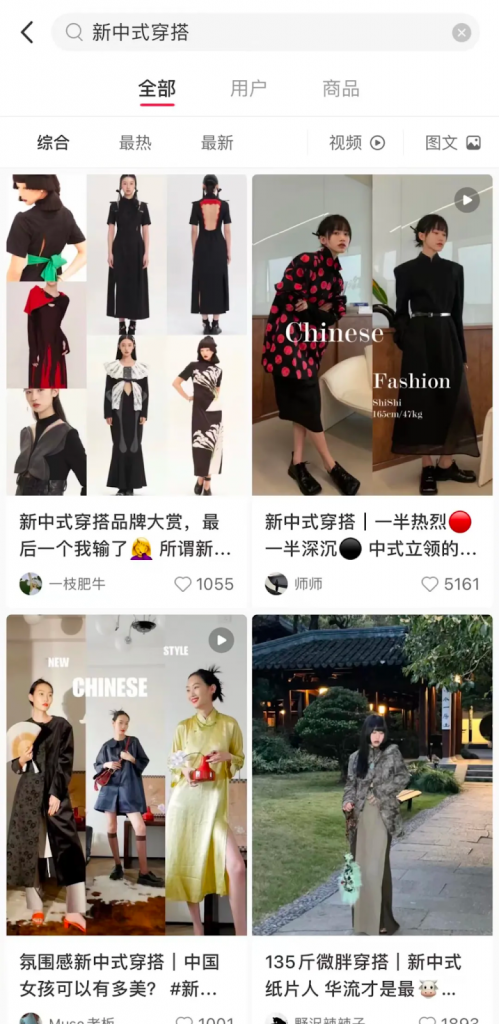
Luxury aesthetics in China was always in the hands of Western brands, so consumers there had no choice but to subscribe to Western aesthetic standards. But over the years, many people have restructured their aesthetics and now want more locally made items, and new Chinese brands are gradually getting accepted. And with the luxury market in China maturing, China-born styles like Guochao have grown.
The limited-edition products that luxury brands launch for Chinese New Year have always been controversial because they usually add Chinese elements into their products without much thought. The definition of a new Chinese style is still developing and is relatively broad, but it provides space for innovative ideas from luxury brands.
The world is recovering from COVID-19, and the pandemic will still affect consumers in 2022. But it has helped usher in a new cultural development in China: new lifestyles in the post-epidemic era that reflect young people's attitudes and consumption aspirations. Meanwhile, more brands are beginning to establish omnichannel sales and marketing strategies via online platforms, social media, and offline shopping malls. So for luxury brands that want opportunities in their early stages, these new trendy lifestyles could bring a steady stream of sales to luxury brands both now and in the long term.
Additional research by Joanna Wang
